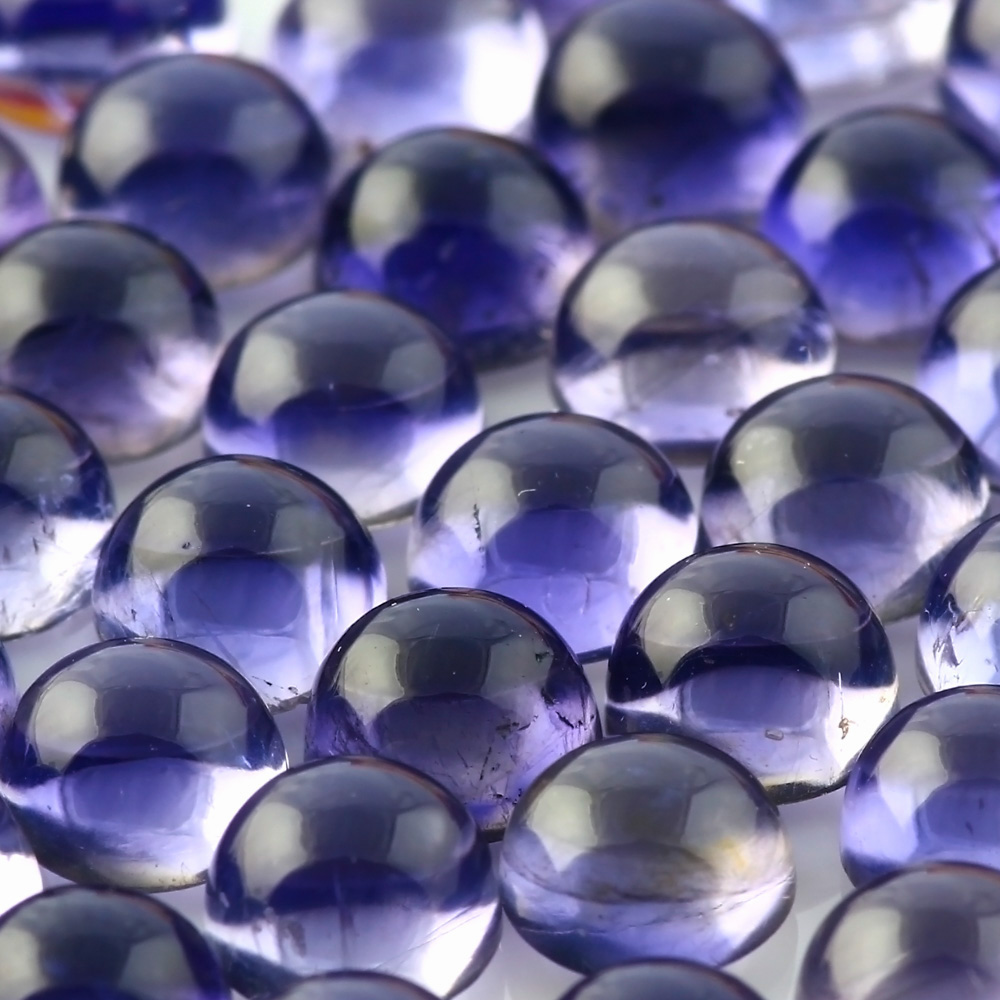
I am referring, of course, to Pantone’s Colour of the Year, Classic Blue. I don’t know, I find I am often a bit bemused by their picks. Along with everyone else, last year’s Living Coral seemed bizarre. This year, they are clearly playing it safe, but is it too safe? What do they say?
“We are living in a time that requires trust and faith. It is this kind of constancy and confidence that is expressed by Pantone 19-4052 Classic Blue, a solid and dependable blue hue we can always rely on,” says executive director of the Pantone Color Institute, Leatrice Eiseman.
Ok, yes. Solid and dependable; words to make the blood start pounding through your veins? Not really. He goes on to say,
“A boundless blue evocative of the vast and infinite evening sky”
Ok, that’s better, and I can see that. It is a very definite shade of blue; a strong colour, but not a loud one. ‘Full fat’ says Michelle Ogundehin and it’s a good description. Blue skies thinking, celestial skies, deep blue seas, all lovely connotations. But also sadness and depression; having the blues. It’s an interesting choice too, when other colour forecasters, for example WSGN, have opted for green shades, in keeping with the current focus on sustainability and, well, green issues.
I do think there’s a difference when it comes to colours between clothing and jewellery. I can’t see myself wearing this blue in clothing form. It’s at once too loud and not distinctive enough. It’s the colour of store uniforms and cheap balldresses from Moss Bros. However, when it comes to gems, it’s a different matter, because the two biggest stars are sapphire and lapis lazuli. At opposite ends of the value spectrum, still there are affordable sapphire cabochons and lapis is making inroads into fine jewellery. Sapphire is my birthstone and yes, one of my favourite gems. But lapis is something else; still inexpensive enough that it can be used in large, experimental pieces, it frequently appears in very contemporary looks, and yet it has a pedigree that stretches back centuries. When set in gold, it evokes Renaissance paintings when, crushed, it provided the blue pigment for the Madonna’s dress. In silver it is clean and sharp.
Sapphire is more expensive and rare, and therefore the jewellery tends towards the more classic and traditional. Big, set-piece engagement rings surrounded by diamonds (like my own!). However, sapphire does also lend itself to a clean, contemporary look, princess cuts set in white metal or larger cabochons in plain settings.
Other stones that could fall under the Classic Blue hat are London Blue topaz and iolite, although the former shades a bit green and the latter a bit purple. In terms of gems, I carry a range of all these stones. To view my Classic Blue collection, click here.



















